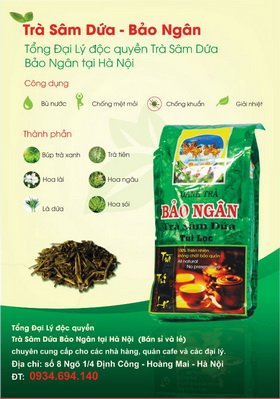Em đang cần dịch tiêu chuẩn AOCS. Anh chị nào giúp em dịch đoạn này ạ. Thanks mọi người nhiều!!!!!!!Crude, raw and refined oil test samples must be treated with 0.5 g of diatomaceous earth (filter aid) per 300 g of oil. Add thediatomaceous earth to the oil and agitate for 2.5 min at 250 rpm at room temperature (or at no more than 10°C above themelting point of the test sample, if it is necessary to maintain the test sample in the liquid state), and filter the test samplethrough... Em đang cần dịch tiêu chuẩn AOCS. Anh chị nào giúp em dịch đoạn này ạ. Thanks mọi người nhiều!!!!!!!Crude, raw and refined oil test samples must be treated with 0.5 g of diatomaceous earth (filter aid) per 300 g of oil. Add thediatomaceous earth to the oil and agitate for 2.5 min at 250 rpm at room temperature (or at no more than 10°C above themelting point of the test sample, if it is necessary to maintain the test sample in the liquid state), and filter the test samplethrough an appropriate filter paper (Apparatus, 6). Oils that have been bleached in the laboratory in accordance with AOCSOfficial Methods Cc 8a-52, Cc 8b-52 or CC 8d-55 normally are sufficiently clear for the color determination. Suspendedmaterial, even if of colloidal size, will cause light scattering. If the test portion is not absolutely clear, treat with diatomaceousearth (filter aid) as noted, and filter before proceeding with the color determination.2. Adjust the temperature of the test portion to 25–35°C, and fill the color tube to the desired mark. If the test portion is notcompletely liquid at 25–35°C, heat to a temperature of not more than 10°C above the melting point of the test portion.3. Place the tube containing the test portion in the colorimeter and place along side of it such red and yellow glasses [see paragraphs(a-e) immediately following and Notes, 2] as are necessary to match the color of the oil, observing the test portion ofthe oil and the glasses through the eyepiece.(a) Crude and raw oil color—For crude oils of the coconut type, read the color using the proper ratio of yellow to red listedbelow: Up to 3.9 red use 6 yellow to 1 red 4.0 to 4.9 red use 25 yellow to 1 red 5.0 to 5.9 red use 30 yellow to 1 red 6.0 to 6.9 red use 35 yellow to 1 red 7.0 to 7.9 red use 40 yellow to 1 red 8.0 to 10.9 red use 50 yellow to 1 red 11.0 to 14.9 red use 70 yellow to 1 red 15.0 to 19.9 red use 100 yellow to 1 red Above 20.0 red use 150 yellow to 1 redIf the above ratios fail to give a satisfactory match, this fact should be noted and a second reading made using theamount of yellow color required for a good match. Report both readings.(b) Raw inedible oils—For raw inedible oils (such as tallows, greases, fatty acids, etc.), use the ratios of yellow to red listedbelow: Up to 3.5 red use 10 yellow to 1 red 3.5 to 5.0 red use 35 yellow to 1 red Above 5.0 red use 70 yellow to 1 red(c) Dark oils—If the color of the oil or fat test sample exceeds 40.0 red when using the regular 133.35 mm column, fillanother tube to the 25.4 mm mark and read the color under the same conditions as described for the longer column.Report the height of the column used, because it is assumed that any color result in which the column height is notdesignated has been determined on a 133.35 mm column.(d) Refined oils—For determining refined oil color, use only one yellow glass; 35 yellow for refined cottonseed and refinedpeanut oils, 70 yellow for refined soybean oil. Use not more than two red glasses up to and including 13.0 red, and notmore than three red glasses above 13.0 red.(e) Refined and bleached oils—For refined and bleached oils, the ratios of yellow to red to be used in determining color areas follows, except where trading rules specify the yellow and/or red to be used in classifying particular grades:Cottonseed, peanut and corn oils— Up to 3.5 red use 10 yellow to 1 red Above 3.5 red use 35 yellow to 1 redCoconut and palm kernel oils— Up to 3.9 red use 6 yellow to 1 red Above 3.9 red use 10 yellow to 1 redSoybean oil— Up to 3.5 red use 10 yellow to 1 red Above 3.5 red use 70 yellow to 1 redTallows, greases, fatty acids, etc.— Up to 3.5 red use 10 yellow to 1 red 3.5 to 5.0 red use 35 yellow to 1 red Above 5.0 red use 70 yellow to 1 red
Xem thêm.
 0 · 05/11/15 09:56:27
0 · 05/11/15 09:56:27 0 · 05/11/15 09:57:20
0 · 05/11/15 09:57:20

